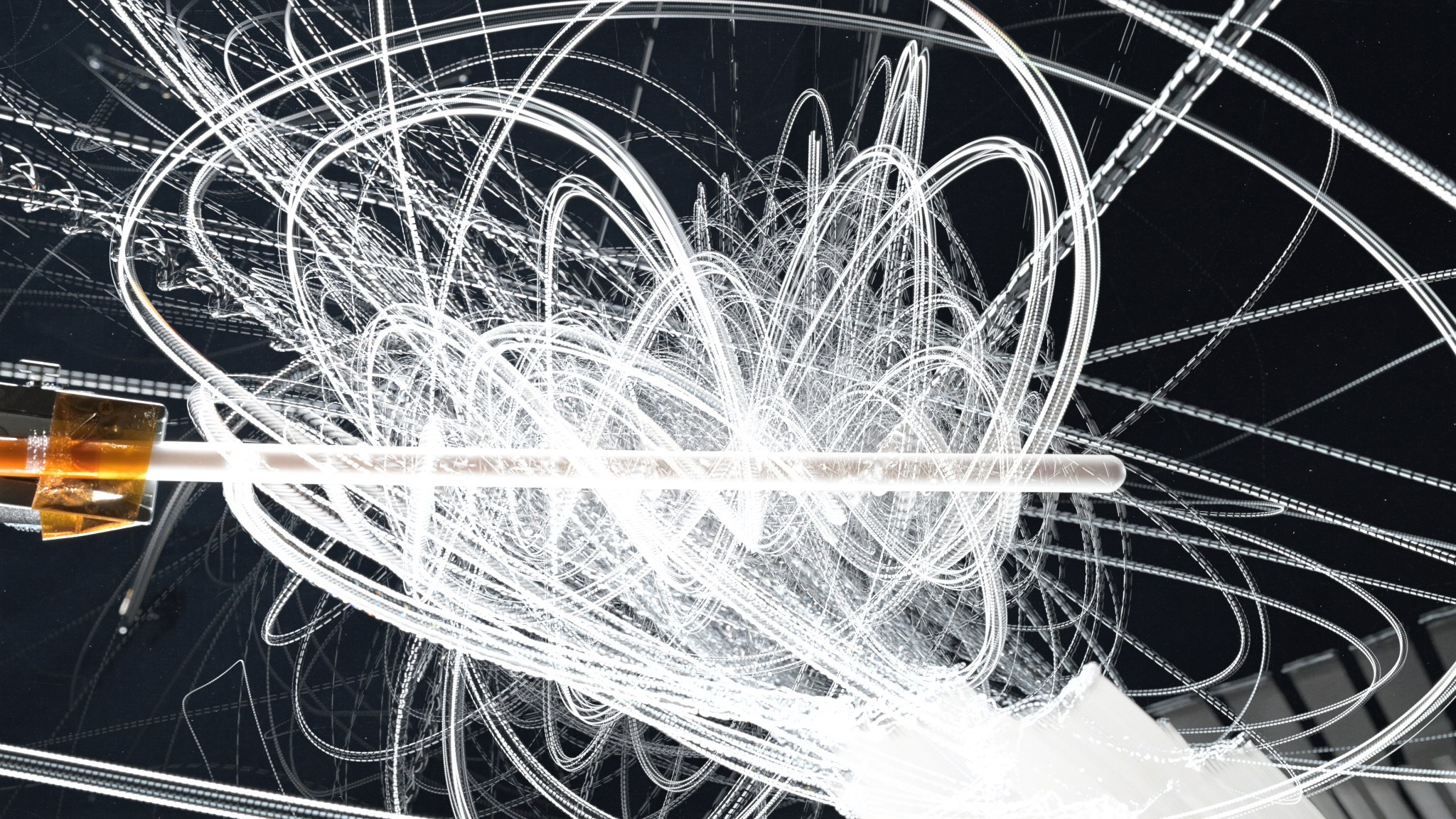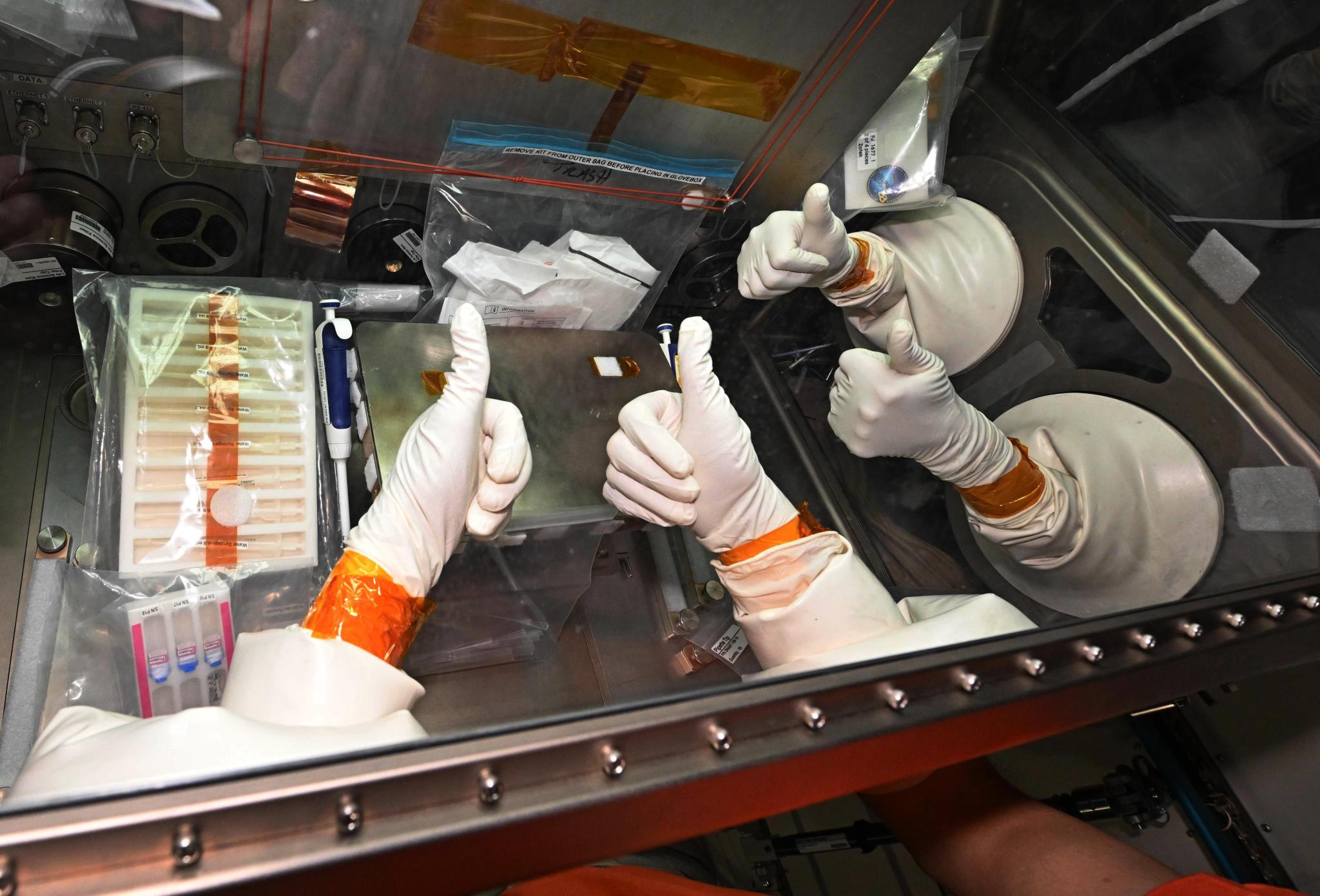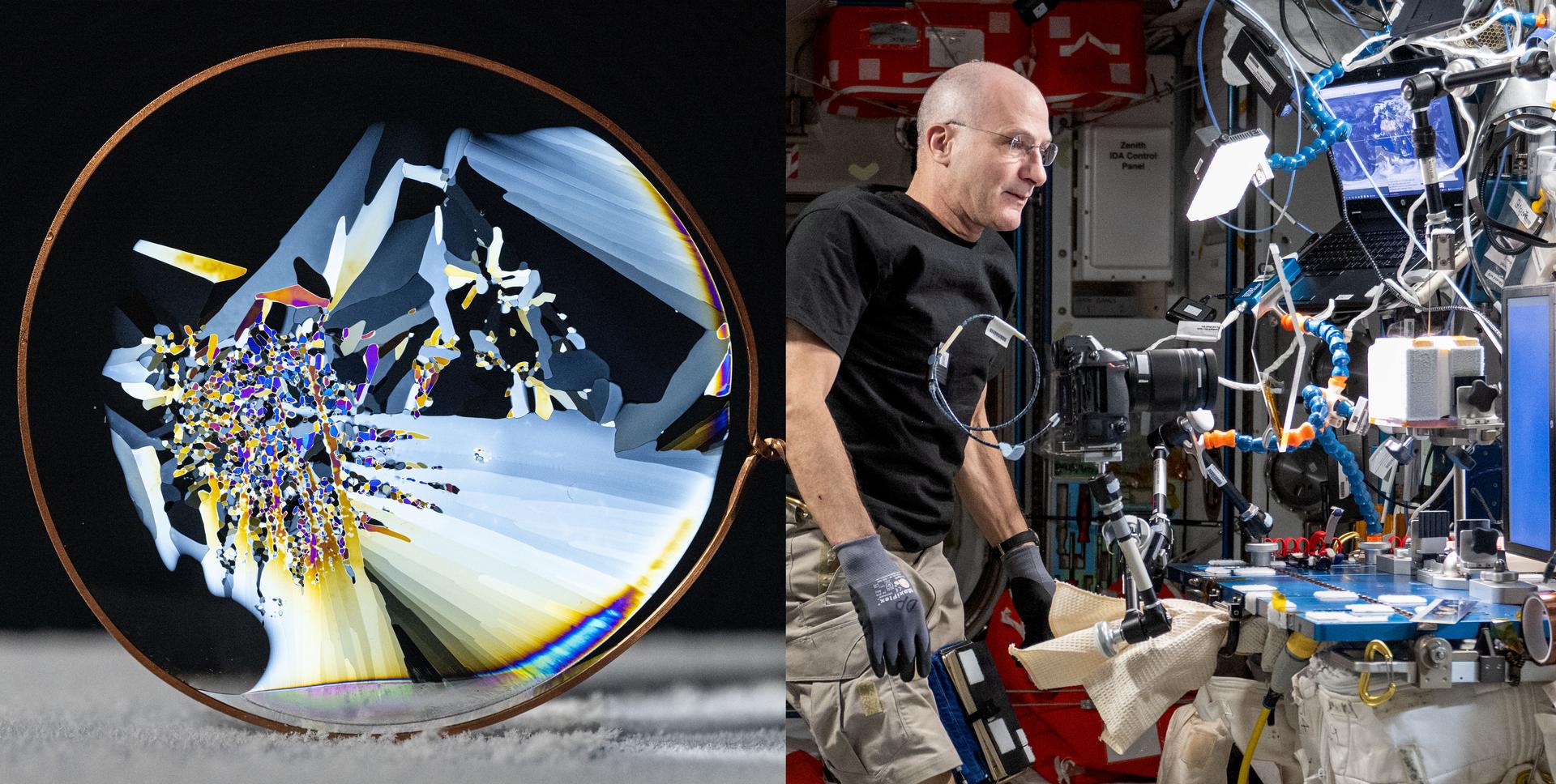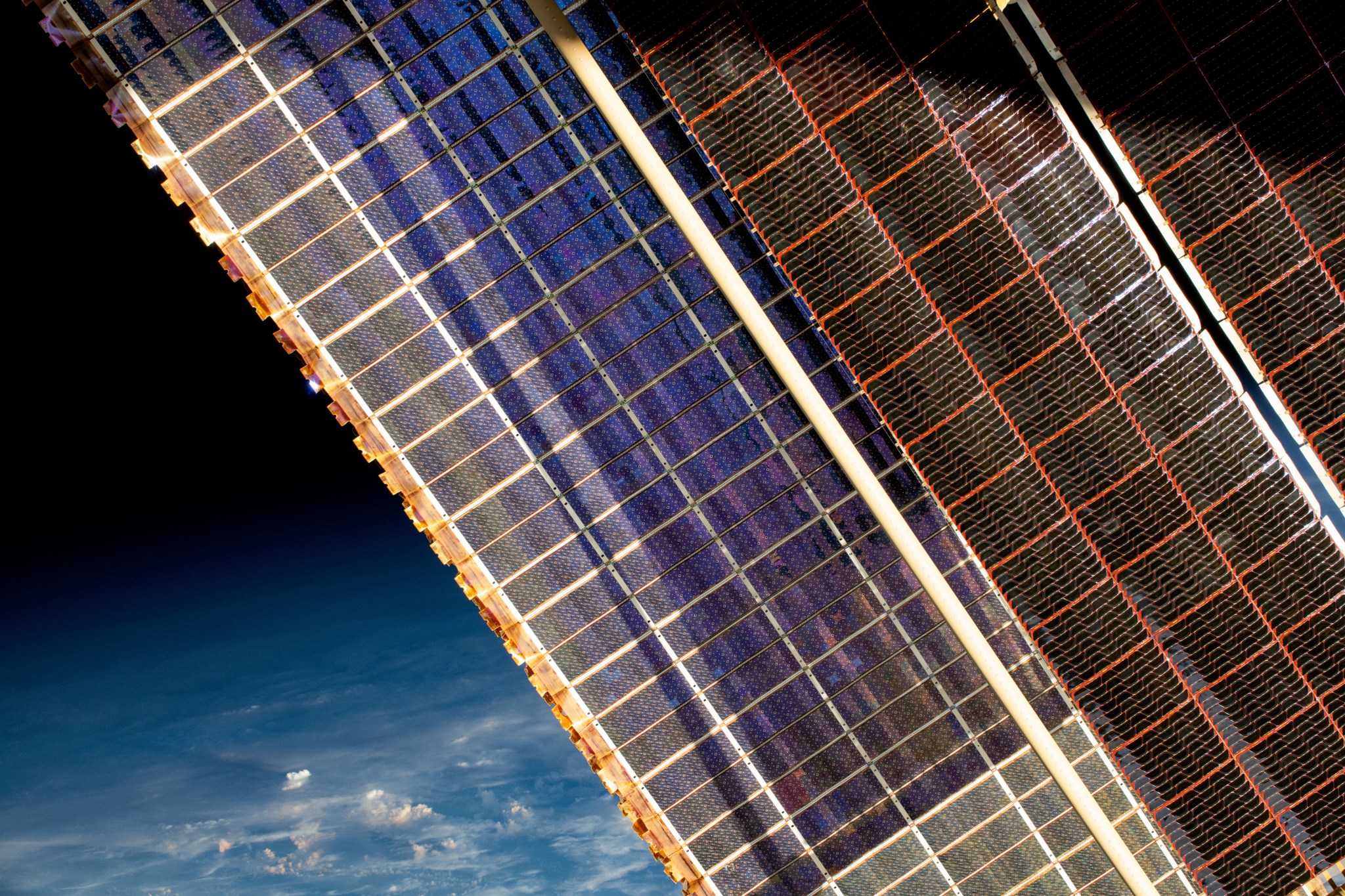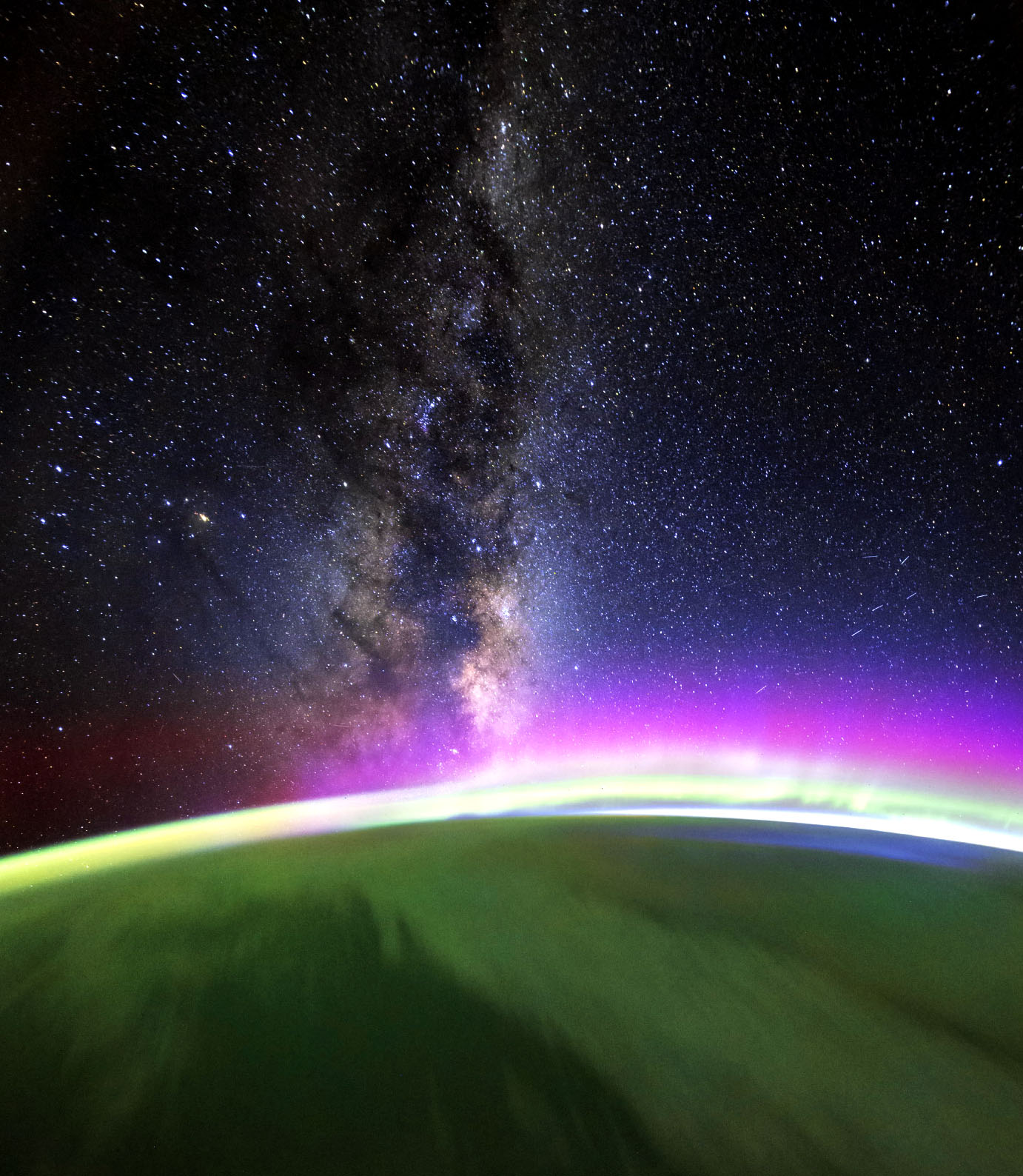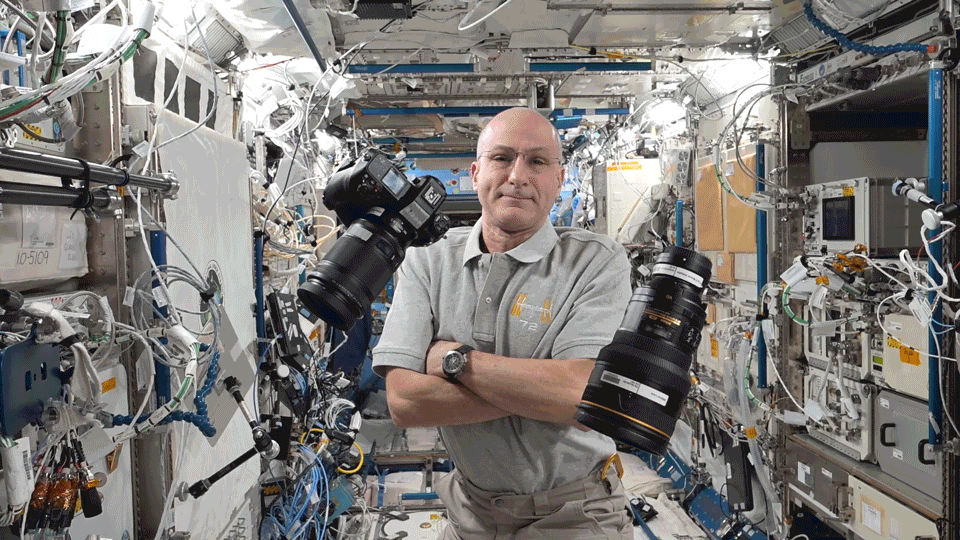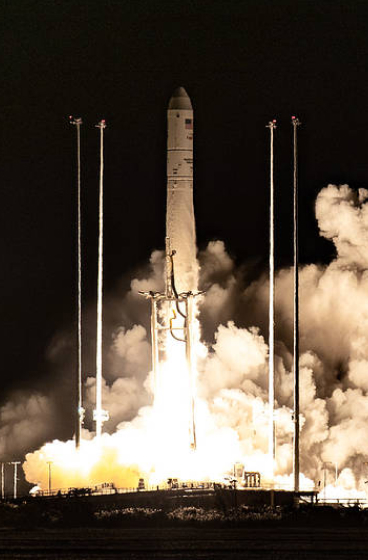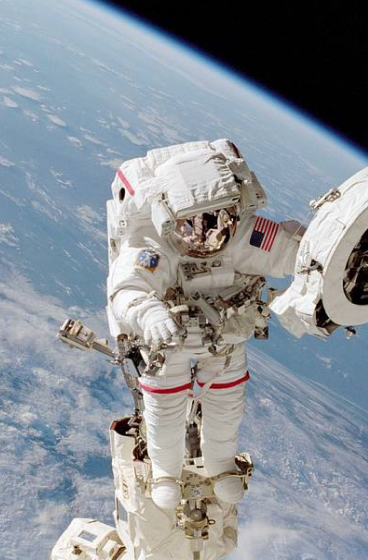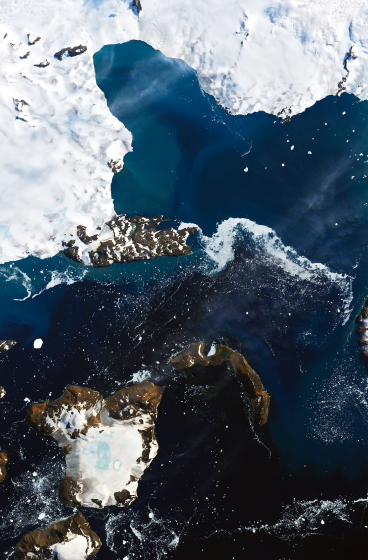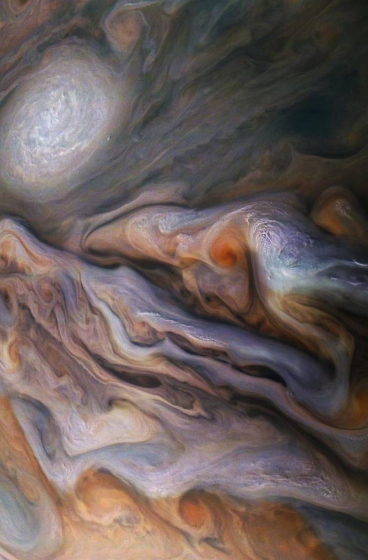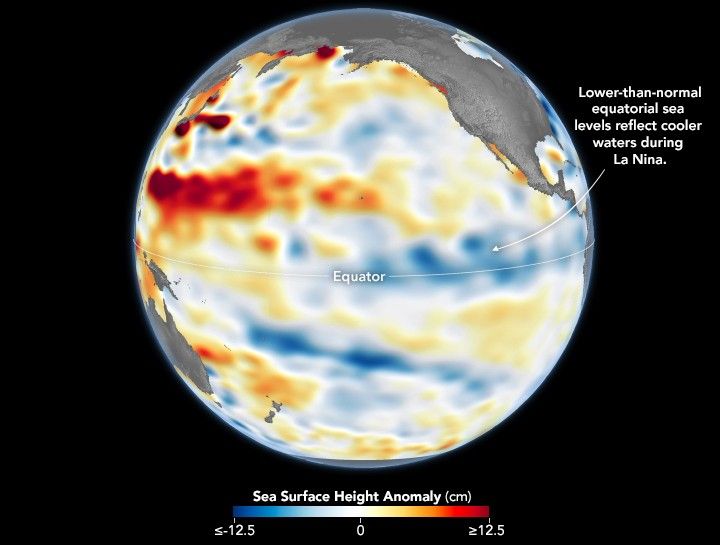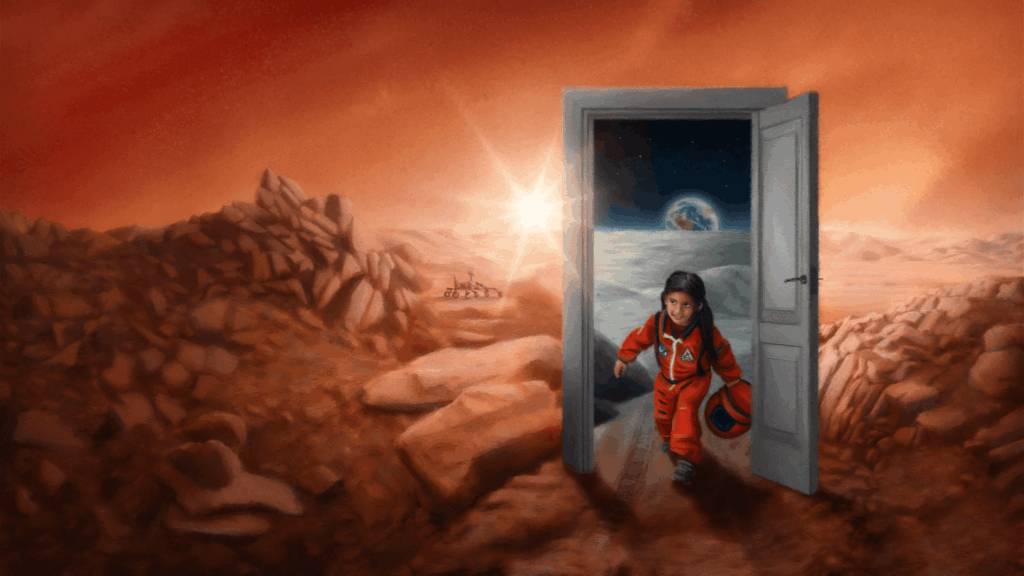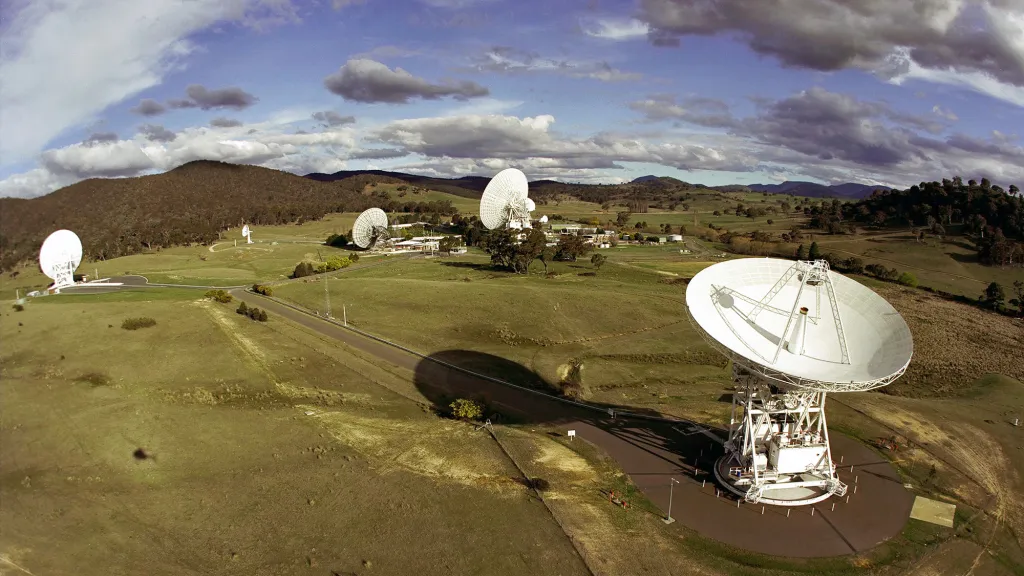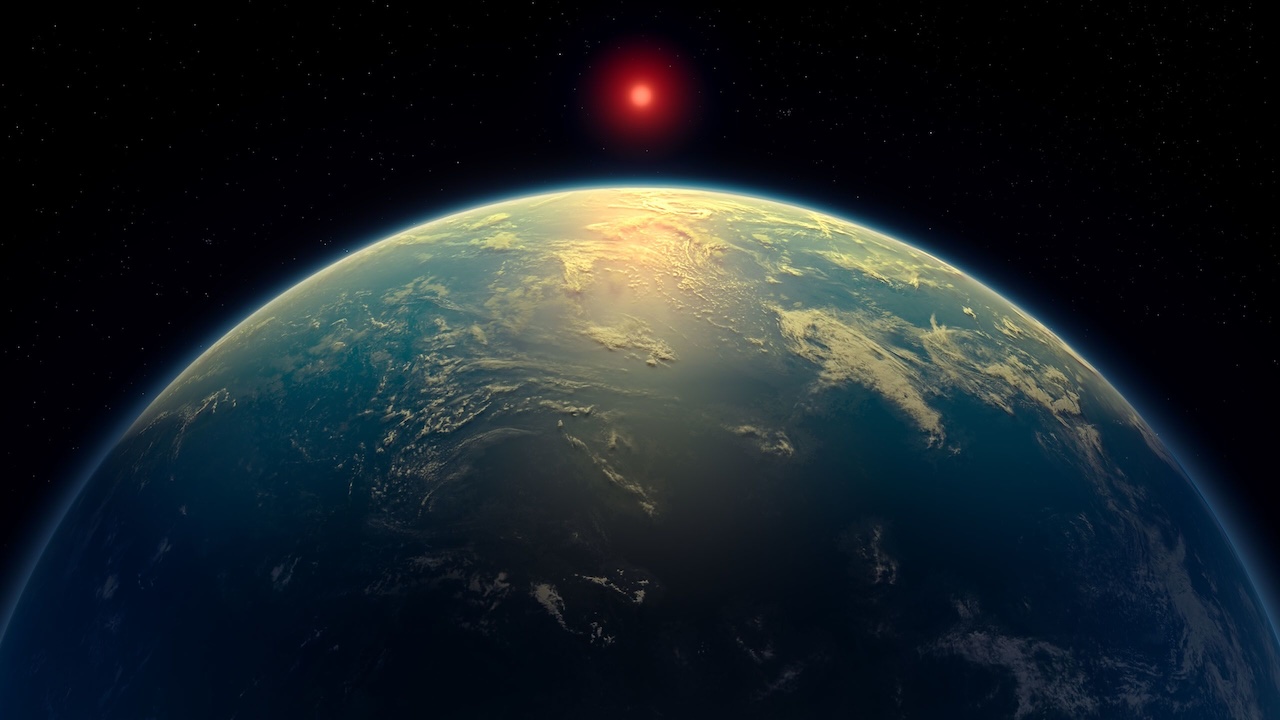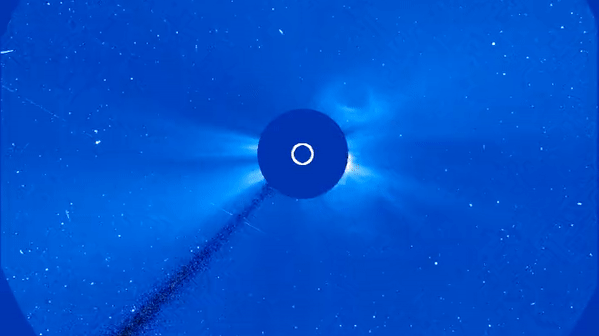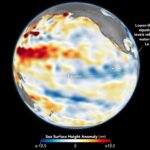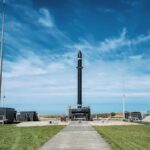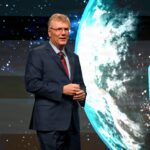Now Reading: Science Meets Art: NASA Astronaut Don Pettit Turns the Camera on Science
-
01
Science Meets Art: NASA Astronaut Don Pettit Turns the Camera on Science
Science Meets Art: NASA Astronaut Don Pettit Turns the Camera on Science
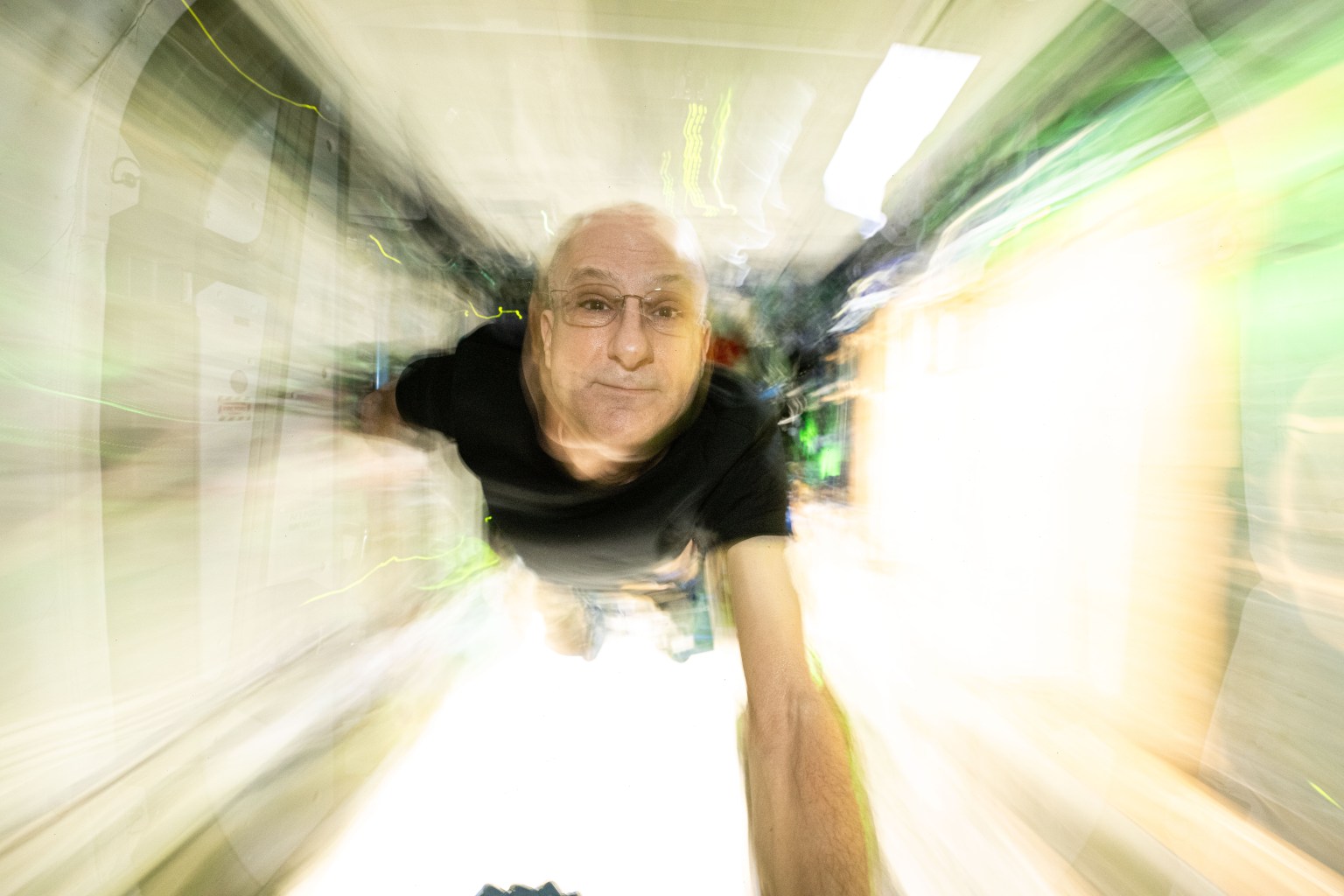
Science Meets Art: NASA Astronaut Don Pettit Turns the Camera on Science

NASA astronaut Don Pettit is scheduled to return home in mid-April after a seven-month mission aboard the International Space Station as part of Expedition 72. Throughout his stay, Pettit contributed to research that benefits humanity and future space missions.
Pettit also shared what he calls “science of opportunity” to demonstrate how experimenting with our surroundings can help gain a better understanding of how things work. This understanding is perhaps enhanced when art, science, and microgravity come together.
Electrostatic Displays
NASA astronaut Don Pettit demonstrates electrostatic forces using charged water droplets and a knitting needle made of Teflon. This series of overlapping frames displays the unique attraction-repulsion properties of Teflon and charged droplets, similar to how charged particles from the Sun behave when they come in contact with Earth’s magnetic field. Highly energetic particles from space that collide with atoms and molecules in the atmosphere create the aurora borealis.
Specialized Equipment for Superb Science
NASA astronaut Don Pettit snaps an image of the hands of NASA astronauts Nick Hague, left, and Suni Williams inside the Life Science Glovebox, a facility at the International Space Station that separates the science from the scientists, thus protecting both from contamination.
The freezers on the International Space Station are as crucial as its experiment modules, preserving samples for further analysis on Earth. The Minus Eighty-Degree Laboratory Freezer for International Space Station stores samples at ultra-cold temperatures. NASA astronaut Don Pettit used it to freeze thin ice wafers, which he photographed with a polarizing filter to reveal unique crystal structures.
New Tech Roll-Out
NASA astronaut Don Pettit films a time-lapse sequence of Canadarm2 retrieving Materials International Space Station Experiment (MISSE-20-Commercial) samples at the International Space Station. This investigation exposed various experiments to the harsh space environment, such as vacuum, radiation, and extreme temperatures. Findings could help in many areas, from designing more durable materials to advancing quantum communications.
A surge in International Space Station research supports NASA’s exploration efforts at the Moon and beyond, requiring more energy to operate the orbiting laboratory. NASA astronaut Don Pettit photographs new and old solar arrays side by side. The technology used by the International Space Station Roll-Out Solar Arrays (IROSA) on the right was first tested aboard the station in 2017. By 2023, six IROSAs were deployed aboard station, providing a 20-30% increase in power for research and operations. Roll-Out Solar Arrays were also used on NASA’s DART asteroid mission and now are slated for the Gateway lunar outpost, a vital component of Artemis.
Squire for Spacewalks
I am the nameless boy who stays in the confines of the tent helping the Knights suit up for battle. I remain in the airlock, preparing these knights for a walk outside.
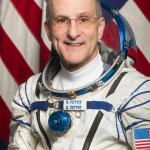
Don Pettit
"Space Squire" posted to X
NASA astronaut Don Pettit helped his colleagues suit up for two spacewalks in January. The first spacewalk involved patching the Neutron Star Interior Composition Explorer (NICER), a telescope that measures X-rays from neutron stars and other cosmic objects. Sunlight interference affected data collection, and the patches reduced this issue. On the second spacewalk, astronauts collected samples from the exterior of the International Space Station for ISS External Microorganisms. This investigation examines whether the orbiting laboratory releases microbes, how many, and how far these may travel. Findings could inform the design of future spacecraft, including spacesuits, to limit biocontamination during future space missions.
Photography with a Spin
NASA astronaut Don Pettit photographs “cosmic colors at sunrise.” From 250 miles above, the International Space Station’s orbital path covers most of Earth’s population, offering valuable data and a great opportunity for shooting breathtaking photography.
NASA astronaut Don Pettit leveraged his stay aboard the International Space Station to photograph our planet with an artistic twist.
NASA astronaut Don Pettit wrote on social media about his snapshot of the Mediterranean Sea from the International Space Station, “Sun glint off the Mediterranean Sea (infrared and converted to black and white). When the Sun reflects off the ocean, watery details unseen with normal lighting appear. Small centimeter differences in ocean height become visible, revealing hidden currents.”
NASA astronaut Don Pettit’s photography could contribute to the study of transient luminous events, colorful electrical discharges that occur above thunderstorms. His imagery can be paired with data from the Atmosphere-Space Interactions Monitor (ASIM) and Thor-Davis, a high-speed thunderstorm camera. The combined efforts of crew photography and instruments aboard the International Space Station help scientists better understand thunderstorms and their impacts on Earth’s upper atmosphere.
More of Pettit’s photography can be found on his X profile, @astro_Pettit.
Share
Details
Related Terms
Stay Informed With the Latest & Most Important News
-
 012024 in Review: Highlights from NASA in Silicon Valley
012024 in Review: Highlights from NASA in Silicon Valley -
 02Panasonic Leica Summilux DG 15mm f/1.7 ASPH review
02Panasonic Leica Summilux DG 15mm f/1.7 ASPH review -
 03From Polymerization-Enabled Folding and Assembly to Chemical Evolution: Key Processes for Emergence of Functional Polymers in the Origin of Life
03From Polymerization-Enabled Folding and Assembly to Chemical Evolution: Key Processes for Emergence of Functional Polymers in the Origin of Life -
 04How New NASA, India Earth Satellite NISAR Will See Earth
04How New NASA, India Earth Satellite NISAR Will See Earth -
 05And Thus Begins A New Year For Life On Earth
05And Thus Begins A New Year For Life On Earth -
 06Astronomy Activation Ambassadors: A New Era
06Astronomy Activation Ambassadors: A New Era -
07SpaceX launch surge helps set new global launch record in 2024


